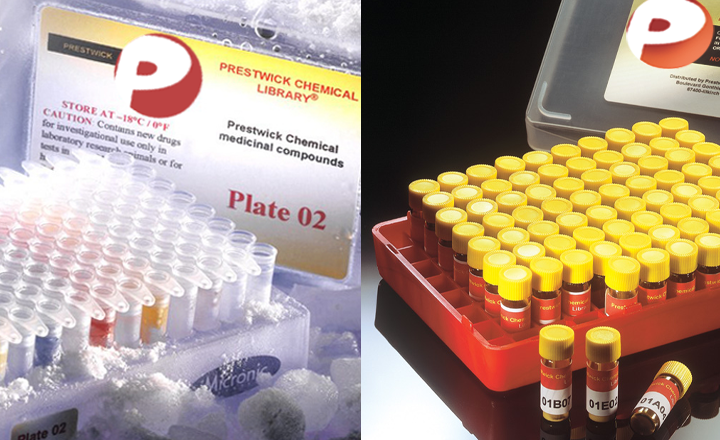Tousled kinase activator, gallic acid, promotes homologous recombinational repair and suppresses radiation cytotoxicity in salivary gland cells
Timiri Shanmugam PS, Nair RP, De Benedetti A, Caldito G, Abreo F, Sunavala-Dossabhoy G
Free Radical Biology and Medicine - vol. 93 217-226 (2016)
Free Radical Biology and Medicine
Accidental or medical radiation exposure of the salivary glands can gravely impact oral health. Previous studies have shown the importance of Tousled-like kinase 1 (TLK1) and its alternate start variant TLK1B in cell survival against genotoxic stresses. Through a high-throughput library screening of natural compounds, the phenolic phytochemical, gallic acid (GA), was identified as a modulator of TLK1/1B. This small molecule possesses anti-oxidant and free radical scavenging properties, but in this study, we report that in vitro it promotes survival of human salivary acinar cells, NS-SV-AC, through repair of ionizing radiation damage. Irradiated cells treated with GA show improved clonogenic survival compared to untreated controls. And, analyses of DNA repair kinetics by alkaline single-cell gel electrophoresis and γ-H2AX foci immunofluorescence indicate rapid resolution of DNA breaks in drug-treated cells. Study of DR-GFP transgene repair indicates GA facilitates homologous recombinational repair to establish a functional GFP gene. In contrast, inactivation of TLK1 or its shRNA knockdown suppressed resolution of radiation-induced DNA tails in NS-SV-AC, and homology directed repair in DR-GFP cells. Consistent with our results in culture, animals treated with GA after exposure to fractionated radiation showed better preservation of salivary function compared to saline-treated animals. Our results suggest that GA-mediated transient modulation of TLK1 activity promotes DNA repair and suppresses radiation cytoxicity in salivary gland cells.


